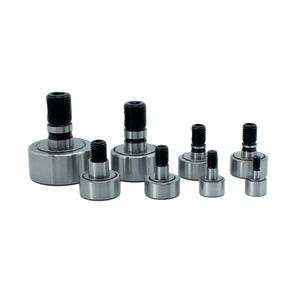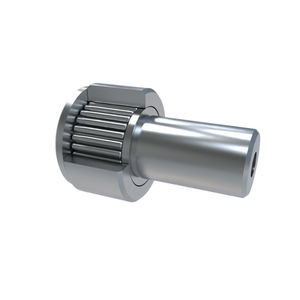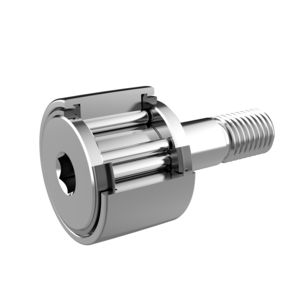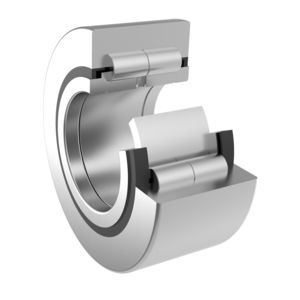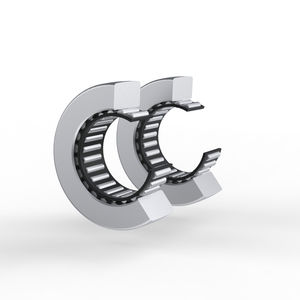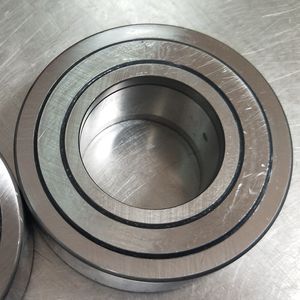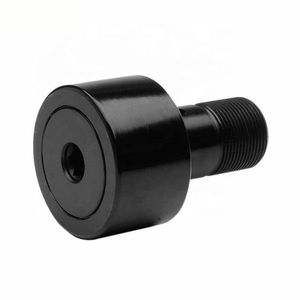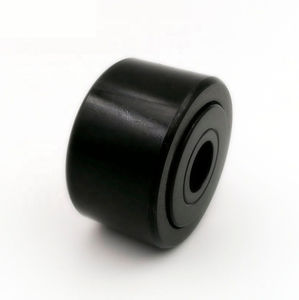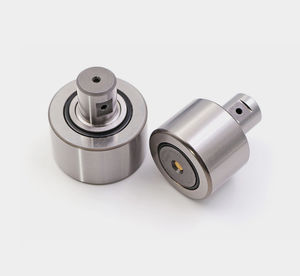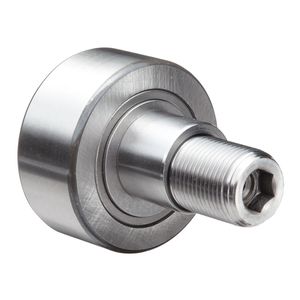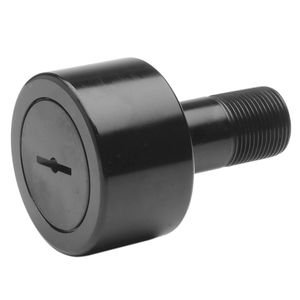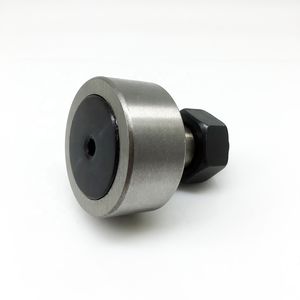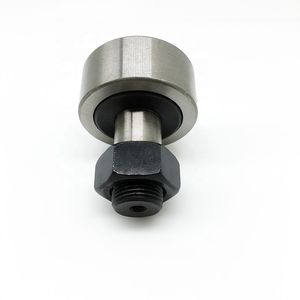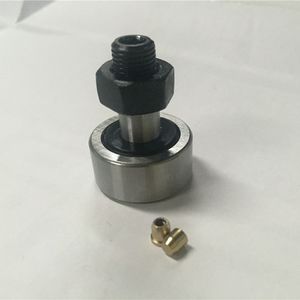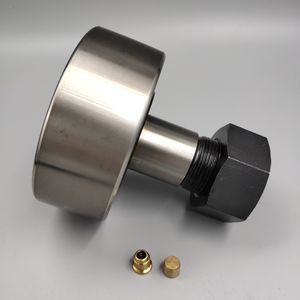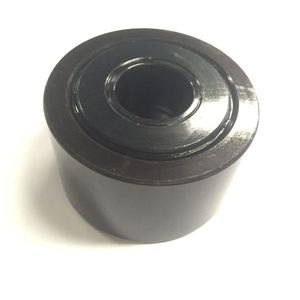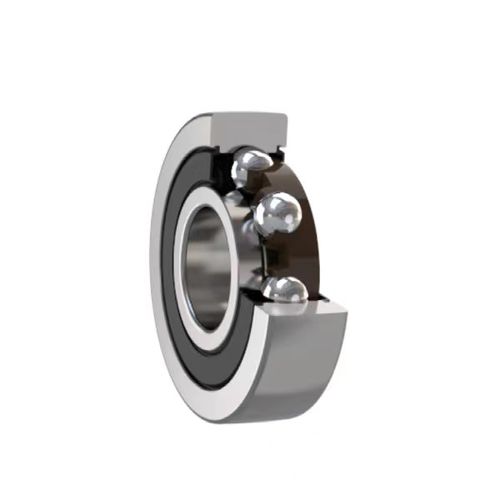

- Company
- Products
- Catalogs
- News & Trends
- Exhibitions
Ball bearing bearing LR seriesradialaxialsingle-row
Add to favorites
Compare this product
Characteristics
- Rolling element
- ball bearing
- Configuration
- radial, axial, single-row, double-row
- Material
- steel
- Other characteristics
- with cage, high-performance
- Inside diameter
Max.: 45 mm
(1.77 in)Min.: 4 mm
(0.16 in)- Outside diameter
Max.: 90 mm
(3.54 in)Min.: 13 mm
(0.51 in)- Width
Max.: 19 mm
(0.748 in)Min.: 4 mm
(0.157 in)
Description
Cam roller, also called ball bearing track roller. They are non-separable,single-row or double-row ball bearings with thick outer rings.
In addition to withstanding very high radial loads, these bearings can also withstand axial forces in both directions.
Cam roller can support slight misalignment and inclined operation caused by high radial load and axial load, and have certain advantages in high-speed performance.
Technical Information
Features
Applications
Series And Varients Of THB Cam Rollers
Types of THB Ball Bearing Track Rollers
The cam rollers provided by THB have two types, single-row ball bearing track rollers and double-row ball bearing track rollers.
Single-row products include the following models: LR6, LR60, LR2;
Double-row products include the following models: LR50, LR52, LR53.
There are several types of cam rollers: cam roller with inner ring, cam roller with support bolts, and cam roller with plastic cover on the outer ring. The cam roller constructions include outer ring, inner ring ball and nylon cage assemblies with crowned or cylindrical outer surfaces.
Size Range of THB Ball Bearing Track Rollers
The size range of single row ball bearing rollers is: inner diameter 4-45mm, outer diameter 13-90mm, width 4-19mm
The size range of double row ball bearing rollers is: inner diameter 5-40mm, outer diameter 17-100mm, width 7-36.5mm
Catalogs
Related Searches
- Rolling bearing
- Steel bearing
- Ball bearing bearing
- Roller bearing
- Radial rolling bearing
- Axial rolling bearing
- Single-row bearing
- Bearing unit
- Deep groove ball bearing
- Slewing bearing
- Double-row bearing
- Precision bearing
- Cylindrical roller rolling bearing
- Ball bearing slewing bearing
- Cage assembly bearing
- Single-row slewing bearing
- Tapered roller bearing
- Angular-contact bearing
- High-speed bearing
- Industry bearing
*Prices are pre-tax. They exclude delivery charges and customs duties and do not include additional charges for installation or activation options. Prices are indicative only and may vary by country, with changes to the cost of raw materials and exchange rates.





